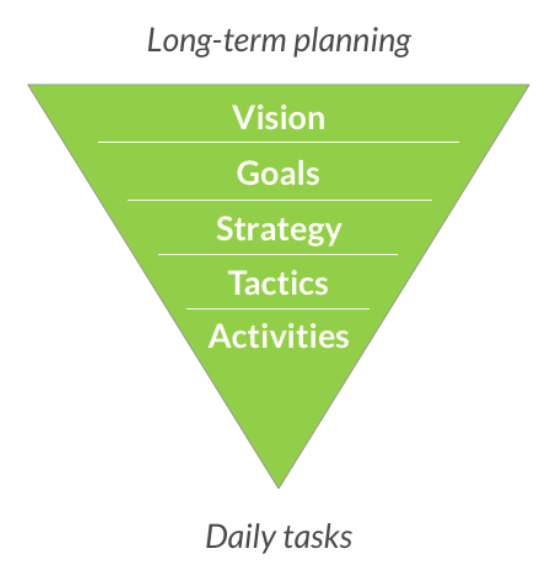- Published on
The PM Cheat Sheet
- Author
- Name
- Alex Naydenov
- Title
- Head of Sales at Hygraph
Defining a product vision
For [target customer], Who [customer needs to be solved], The [product name] Is a [product category] That [benefits, unique selling points], Unlike [competitor product], our product [main difference].
Key Aspects of the PM function
- Working with stakeholders
- Planning a strategic roadmap
- Building a backlog
- Feature prioritization
- Planning a release roadmap
- Understanding an end-user’s pain points and solving them through product features
- Balancing out the conflicting product expectations of stakeholders
- Creating a product roadmap
- Maximizing the overall business value, given the constraints
- Getting buy-in, and creating and inhouse (and outside) market for the product
Prioritization Matrix
| Criticality | Scope | Impact | Workaround | Effort |
|---|---|---|---|---|
| Showstopper | System | High | No | Low |
| High | Sub-system | Medium | Partially | Medium |
| Medium | Feature | Low | Yes | High |
| Low | ||||
| Very low |
Measurement of user impact
- Analytics in product
- Surveys, interviews, AB testing
- Usage of related artifacts (complaints, downloads, reads of documentation etc.)
- Input from other stakeholders (sales, customer success)
Pitfalls for the first-time PM
- Not fully engaged with team
- No details on stories and acceptance tests
- Backlog items stale
- Team not motivated
- Multiple backlogs
Advice for the first-time PM
- Listen well
- Prioritize consistently
- Summarize and share user/customer interactions
- Measure progress and make it visible
